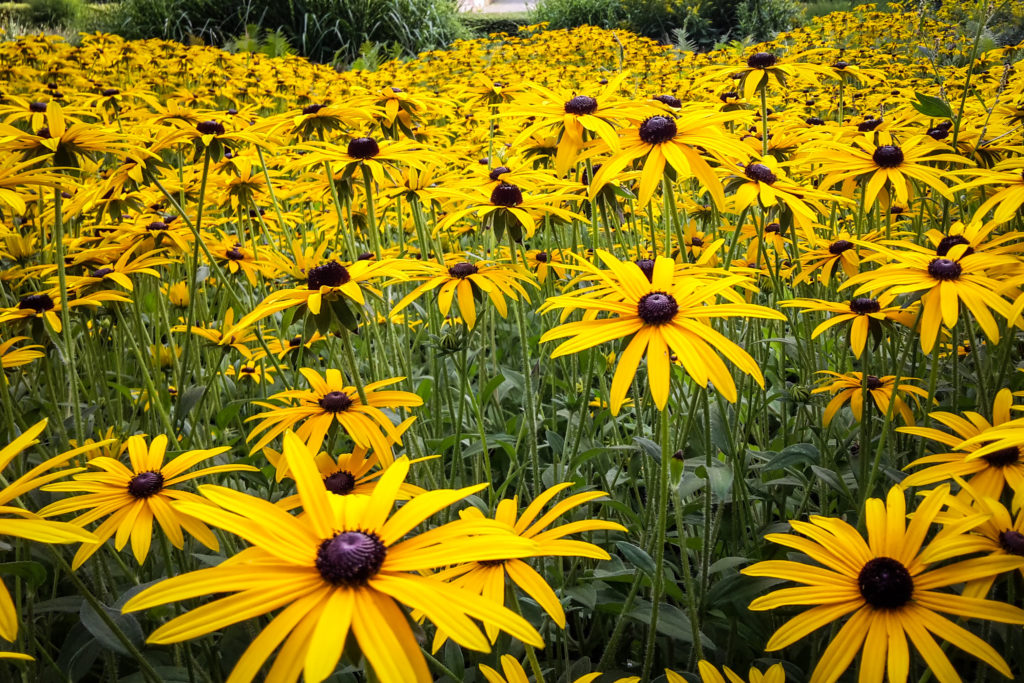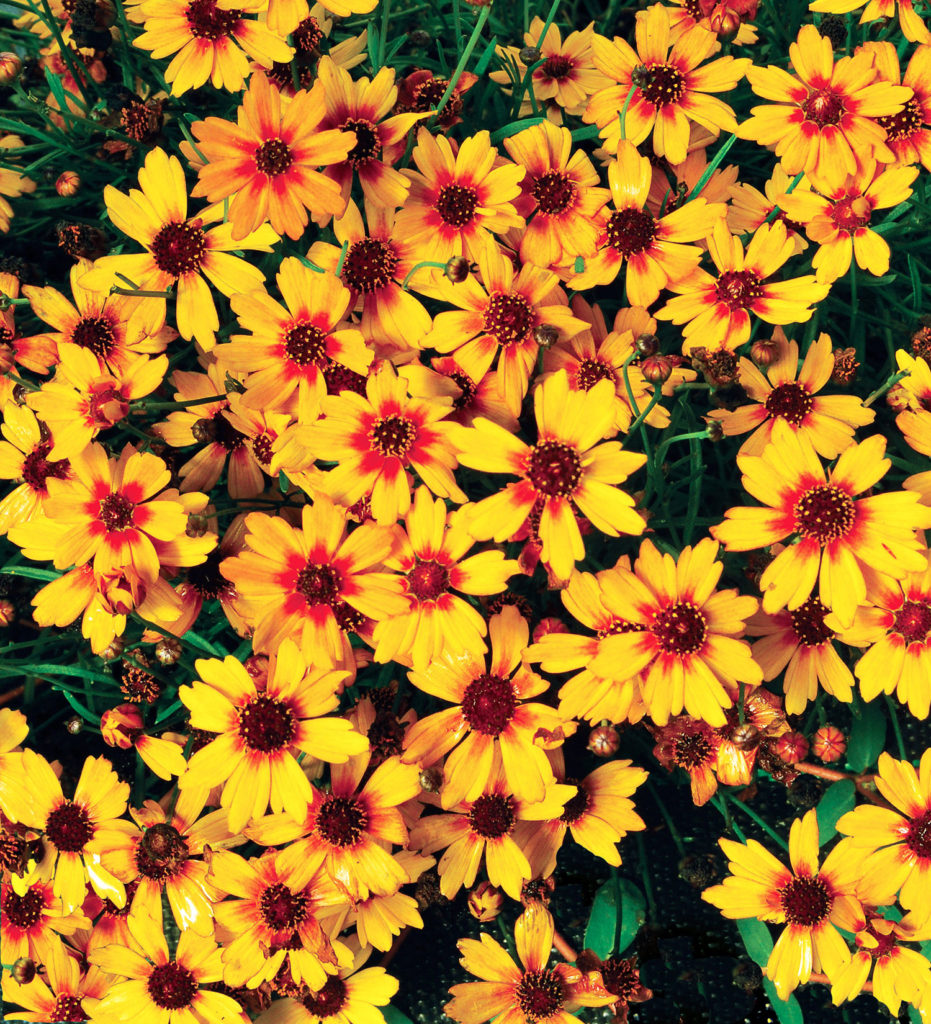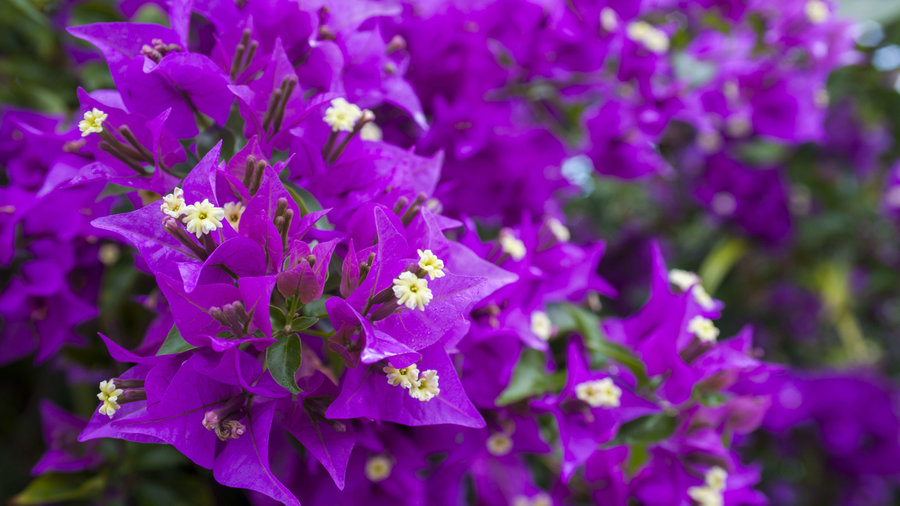
Your Ultimate Spring Gardening To-Do List
Get your garden ready now to pave the way for summer abundance

All Regions
Springtime is for repotting root-bound houseplants. Give them fresh soil and an extra inch or two of legroom by upgrading them to the next pot size, and give the whole plant a lukewarm shower to wash off the winter’s dust and dolor.
Before planting vegetable beds, turn soil that isn’t sopping wet, and give it a fresh dose of bone and blood meal. Add beneficial nematodes once danger of frost has passed, and consider adding plants for pollinator support early in the season—the Xerces Society has recommendations for every region.
Northwest

Jeffery Cross
Plant
Plant summer/fall-blooming bulbs like blue-eyed grass (Sisyrinchium angustifolium), tiger flower (Tigridia pavonia), tiger lily (Lilium lancifolium), and pineapple lily (Eucomis spp.).
Direct-sow greens, beets, radishes, favas, and peas. Sow warm-weather plants like nightshades and cucurbits indoors for transplanting in May. Transplant aster, viola, zinnia, marigold, and delphinium from cold frames to beds.
Maintain
Dig in blood and bone meal along with compost once the soil dries out a little (to prevent clods); wait for weed sprouts to follow, then hoe them in. Pull other weeds—dock, creeping woodsorrel, willowherb—before they flower (damp soil means it’s still an easy job), but consider leaving dandelions to bloom so mason bees have something to eat while the rest of the garden wakes up. Cut clematis down to healthy wood, then scratch fertilizer into the base.
Protect
Keep squirrels from digging up tender seedlings by sprinkling chile flake on the soil around the plants (buy big bags of Korean gochugaru from Asian grocery stores for around $10); replace the chile weekly until plants are established. Keep an eye on the weather; if a cold snap is in the forecast, protect young plants by covering them with an overturned clear plastic tub.
Rocky Mountains

Silke Dsener/EyeEm/Getty Images
Plant
Once the danger of frost has passed, sow greens like arugula, mache, and mizuna. Plant peas and favas outdoors, but start squash, tomatoes, and peppers indoors for transplanting in May—bitterroot buttercup squash is a delicious winter squash bred for fast growth in cooler climates.
Scatter cold-hardy annual seeds for summer color. Montana-based Native Ideals offers deer-resistant and pollinator-friendly wildflower seed suited to the wild weather of the Intermountain West.
Maintain
Bring potted bulbs like daffodils, hyacinths, and tulips out of cold storage and plant them in a warm, sunny spot in the garden. Cut back raspberry and blackberry canes, and trim dead leaves off hellebores.
Protect
When a freeze below 20 F is in the forecast, cover tender leaves with an overturned clear plastic tub (storage bins work well, or repurpose the packages in which baby spinach/salad greens are sold).
Northern California

Courtesy Bon-Aire
Plant
After danger of last frost has passed, plant tender herbs like basil, chives, shiso, and tarragon. Keep growing cool-weather crops like radishes, turnips, carrots, and broccoli outdoors, but start tomatoes, peppers, and cucumber indoors for transplanting in May.
Sow summer bloomers like echinacea, rudbeckia, nasturtiums, marigolds, and sunflowers. Now’s also a good time to plant a citrus tree like fragrant ‘Cara Cara’ orange.
Maintain
Prep veggie beds by turning soil and raking in compost. Trim back dead fern fronds and other frost-damaged plants once danger of frost has passed and new growth is emerging; feed grasses, now, too. Check drip irrigation for leaks or blockages.
Protect
Keep an eye out for early signs of insect infestation—blast any you see with a garden hose, set traps for codling moths on apple trees, and hang pheromone traps for yellow jackets.
Southern California

Photo courtesy of Terra Nova Nurseries
Plant
Attract pollinators by planting coreopsis, milkweed, sunflowers, and Cleveland sage. Add succulents for firescaping (landscaping for fire prevention), and plant summer-blooming bulbs like agapanthus. Plant beans and squash in March, and melons and okra in April; tomatoes can go in anytime in the spring.
Maintain
Feed bedding plants and trees with an all-purpose fertilizer. To keep hydrangeas bright blue, add coffee grounds to the soil (summer holly, heather, and manzanita love coffee grounds, too). Pinch off early strawberry blooms until May to ensure big, sweet berries.
Protect
To control pests like aphids and whiteflies, introduce ladybugs and lacewings. To reduce slugs and snails, water in the morning so the garden has a chance to dry by nightfall, when the slimy pests are active; add a strip of copper tape around beds and plants to provide additional protection.
Southwest

Plant
Plant spider lily (Nerine spp.) for late summer/fall blooms—these gorgeous bulbs can handle arid conditions. Evening primrose, coyote thistle, and hummingbird mint (hyssop) are drought-resistant and loved by bees and butterflies.
Meyer lemon and tangelos can be planted now, as well as corn, squash, beans, peppers, eggplant, tomatoes, and artichokes. Add a few drought-resistant herbs like sage, epazote, and Mexican oregano.
Maintain
Prune frost-damaged branches off oleander, bougainvillea, and lantana. Feed citrus trees a product with chelated iron if they show signs of deficiency (yellow leaves with dark veins). Divide crowded bunchgrasses by trimming the tops down, digging, and slicing through the root ball; replant and water deeply. Deep-water trees weekly as temperatures begin to climb.
Protect
If an overnight frost is in the forecast (which can occur into April at higher elevations), keep citrus and other tender plants safe by draping a bedsheet or light blanket over them before nightfall. Apply neem oil to keep plants pest-free.
